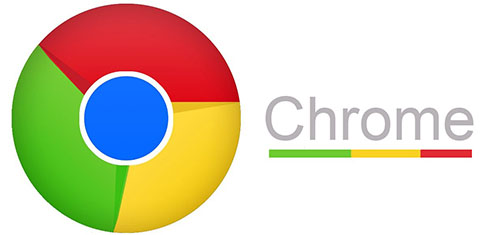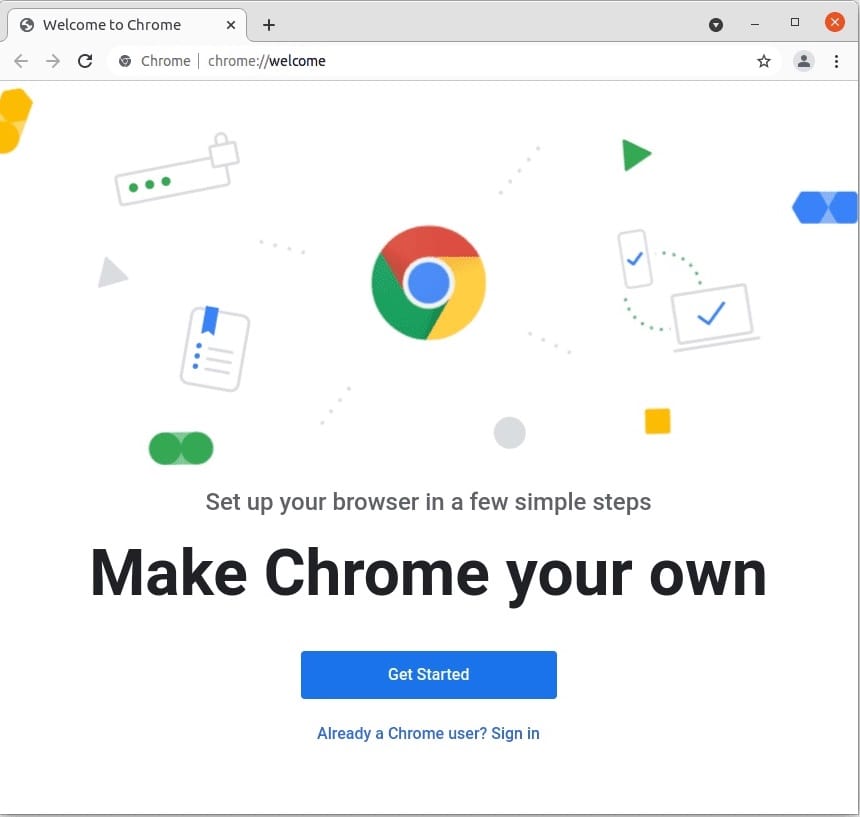
In this tutorial, we will show you how to install Google Chrome on Debian 9. For those of you who didn’t know, Google Chrome is a freeware web browser developed by Google, that uses the WebKit layout engine. It is available for Linux, Android, iOS, Microsoft Windows, and Mac OS X operating systems. But Google Chrome is more than a web browser, as it combines sophisticated open source technology, borrowed from the Chromium application, into a minimal design, all in order to help users surf the web much faster, a lot easier, and safer than ever before. Google Chrome is not available through the Debian repository, so we need to install it from the official package.
This article assumes you have at least basic knowledge of Linux, know how to use the shell, and most importantly, you host your site on your own VPS. The installation is quite simple and assumes you are running in the root account, if not you may need to add ‘sudo‘ to the commands to get root privileges. I will show you the step-by-step installation of the Google Chrome browser a Debian 9 (Stretch) server.
Prerequisites
- A server running one of the following operating systems: Debian 9 (Stretch).
- It’s recommended that you use a fresh OS install to prevent any potential issues.
- SSH access to the server (or just open Terminal if you’re on a desktop).
- A
non-root sudo useror access to theroot user. We recommend acting as anon-root sudo user, however, as you can harm your system if you’re not careful when acting as the root.
Install Google Chrome on Debian 9 Stretch
Step 1. Before we install any software, it’s important to make sure your system is up to date by running the following apt-get commands in the terminal:
apt-get update apt-get upgrade apt-get install gdebi
Step 2. Installing Google Chrome browser on Debian 9.
- Method 1: Install via Google’s Repository.
Google provides an official repository for Debian-based distributions, making the installation process straightforward and ensuring you receive the latest updates and security patches.
Import Google’s signing key to ensure the authenticity of the downloaded packages:
sudo apt-get install apt-transport-https ca-certificates wget -qO- https://dl-ssl.google.com/linux/linux_signing_key.pub | sudo apt-key add -
Add the Google Chrome repository to your system’s sources list:
echo "deb [arch=amd64] http://dl.google.com/linux/chrome/deb/ stable main" | sudo tee /etc/apt/sources.list.d/google-chrome.list
With the repository added, you can now proceed to install Google Chrome:
sudo apt update sudo apt install google-chrome-stable
During the installation process, you may be prompted to accept the Google Chrome license agreement. Review the terms and accept if you agree.
Once the installation is complete, you can verify the successful installation by running:
google-chrome --version
- Method 2: Install via
.debPackage.
If you prefer a more direct approach or encounter issues with the repository method, you can opt to install Google Chrome using the standalone .deb package provided by Google. First, download the latest Google Chrome’s Debian package using the wget command:
wget https://dl.google.com/linux/direct/google-chrome-stable_current_amd64.deb
Install the Google Chrome DEB package, forcing the installation of dependencies:
dpkg -i google-chrome-stable_current_amd64.deb
Step 3. Accessing Google Chrome on Debian Linux.
To launch Google Chrome, you can either search for the application in your desktop environment’s application menu or open a terminal and run:
google-chrome

Congratulations! You have successfully installed Google Chrome. Thanks for using this tutorial for installing the Google Chrome browser on Debian 9 Stretch server. For additional help or useful information, we recommend you check the official Google Chrome website.